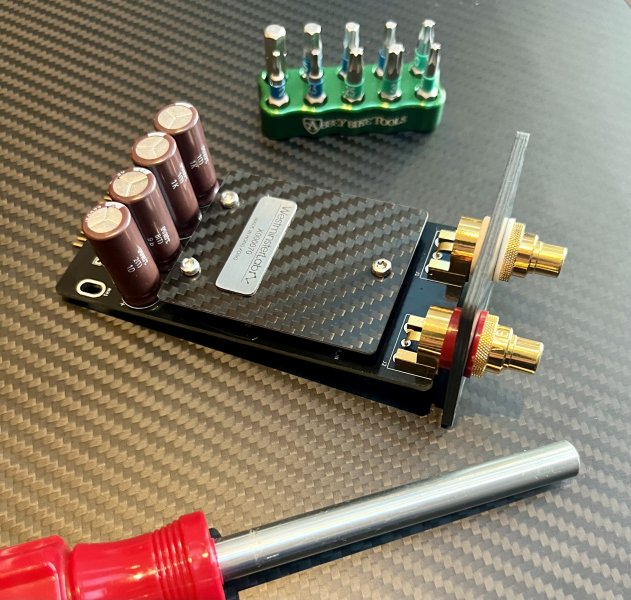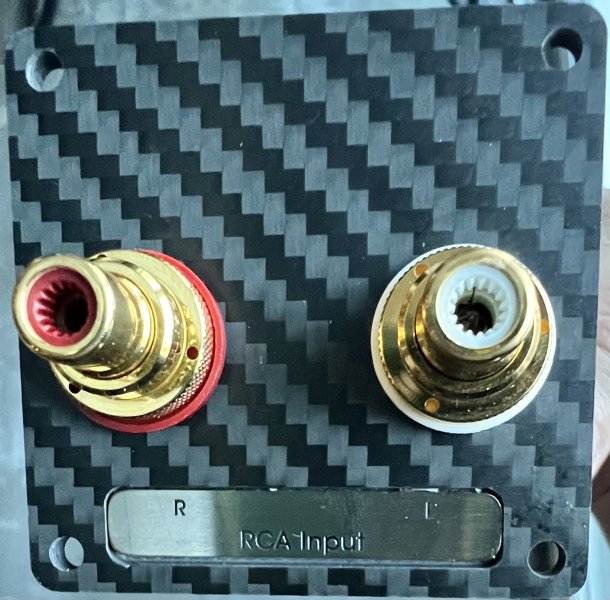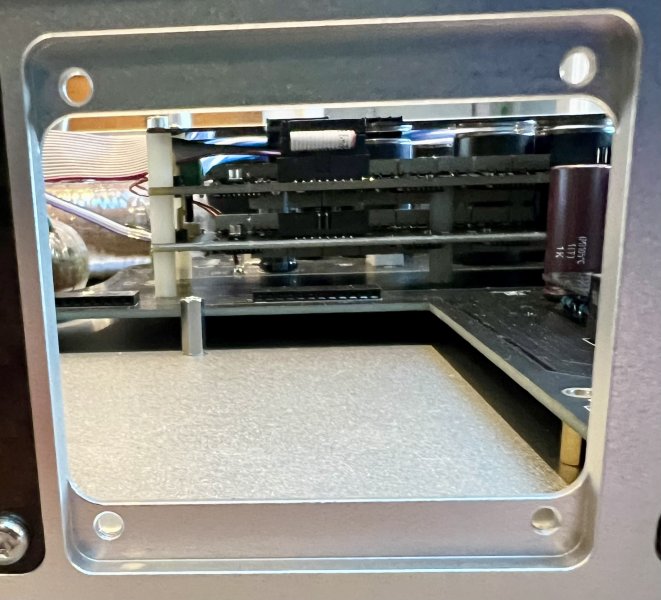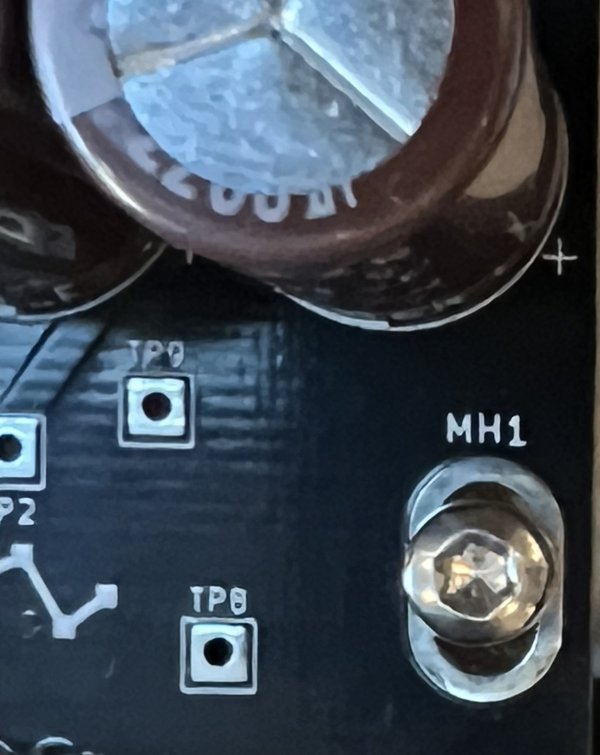...quick update on a Quest pre-amp modification. I have been settling in my Taiko Olympus for the past couple of months and am now listening exclusively to their analog card.
The analog output is currently only available as an RCA single-ended solution, so I have been using a set of Cardas Clear adapters into the Quest balanced inputs. It sounds great and it's an easy solution for about 200 bucks.
However,
@gleeds suggested I try the SE module for the Quest, now that I have settled on the Taiko Analog card as my preferred workflow.
@lscangus sent over the module super-fast and I installed it yesterday. Easy-peasy.
--Turn off Quest power, disconnect cables, and remove the Quest from your rack. Maybe you can keep it in place, but I prefer to make life easy.
--Remove the carbon-fiber top panel. Perhaps optional, but I like to have room to work and a good line of sight.
--Remove the four screws holding the small carbon-fiber rear plate. I used the spot furthest from the IEC inlet.
--Remove the module from the anti-static bag. Note the small grounding screw in the small plastic bag!
--Slide the module through the opening created by removing the small rear carbon plate.
--Align the module pins with the female fixture and slowly insert the module by pushing gently into place.
Make sure everything is properly aligned before fully seating the module. The module's carbon-fiber face-plate should be flush with the rear chassis.
--Attach face plate to chassis with the four small screws originally holding the "blank" carbon plate.
--Affix the small ground screw to keep the module in place.
--Replace and affix the carbon-fiber top panel.
That's it. Return the Quest to your rack, hook up the RCA cables, energize her and enjoy sweet music.
It sounds great right away, but I suppose anything electronic has a little settling in time.
If in doubt about the process or your ability to remove and re-position tiny screws, just give Gary a call.
View attachment 146020View attachment 146021View attachment 146022View attachment 146023
View attachment 146025











